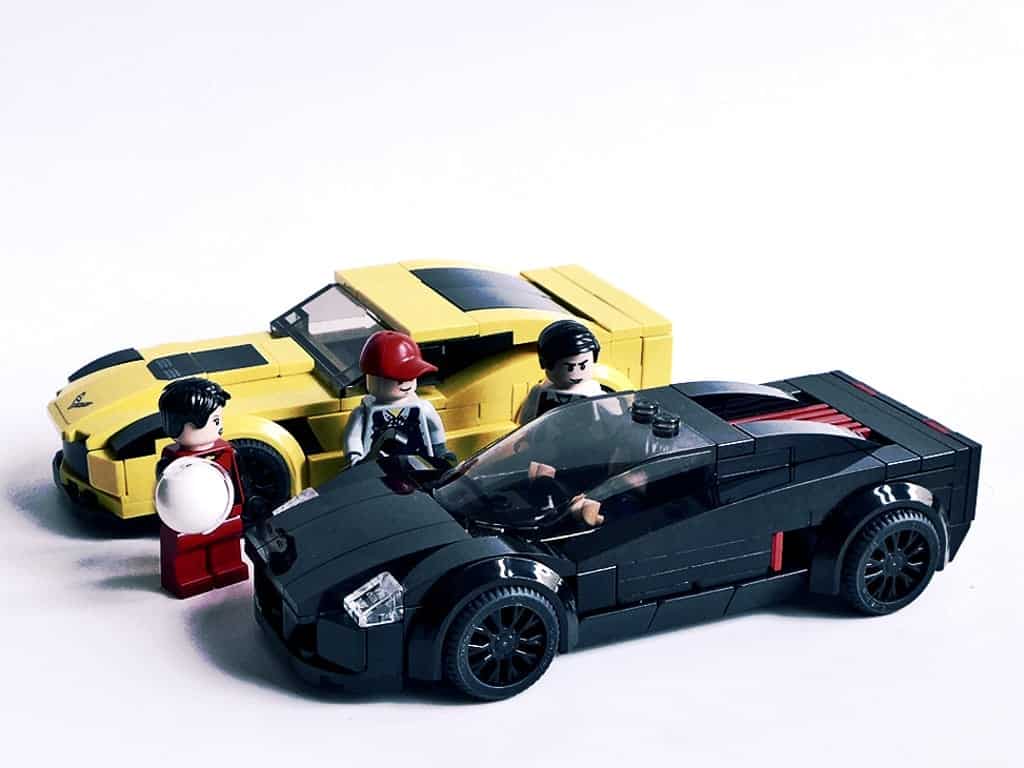
With the economy shrinking and incomes stagnating, the domestic second hand car market is expected to see a boom.
If you’re thinking about buying a second hand car, once you’ve pondered the decision and decided to go for it, take a look at these handy tips for making sure you get the best and, most importantly, safest car for your money.
How to inspect the car
After arranging to view a selection of used cars that you’ve found and researched online, make the most of your first opportunity to view them in the flesh and carefully look at their condition before continuing with your purchase.
Top of your list should be to check that all the car panels fit correctly — if not this suggests the car could’ve been in an accident and might have had some serious work done at some point which could come back to haunt you. In a similar vein, keep your eye open for chips or scratches, especially on the windscreen as these can be extremely costly to repair.
Papers that should be provided
Documentation is key to ensuring you’re making a legitimate purchase. Although buying from a dealership means that you’re legally protected under the Sale of Goods Act, private sellers don’t fall into this group so it pays to be extra careful when buying privately.
Perhaps the most important document that you need when buying a used car is the V5C vehicle registration (log book). The DVLA advise against buying any used car without a vehicle registration. Be sure to ask for it.
Assuming the seller has the log book, see if they’re marked as the registered keeper and, if not, that they have legitimate reasons for selling the car on behalf of someone else. Do the engine number, registration plate and colour match the details listed in the log book? If they don’t the document could have been forged or be for a different vehicle.
If a car is over 3 years old, it must have a yearly MOT to guarantee that they meet road safety regulations. Get a copy of the most recent MOT certificate and, if possible, ask to read through previous years’ MOTs as well to give you an idea of the life of the car.
Safety checks you need to know
Take the car for a test drive and run through all the gears. Listen out for any crunching that suggests problems. Watch out for excessive or dark smoke coming from the exhaust in the rear view mirror. Apply the brakes to check that they stop the car quickly and in a straight line.
After the test drive, flip the bonnet and have a look at the engine oil level (if it’s low then it may need a service). See if there are any leaks in the engine bay or coming out from underneath the car.
Don’t forget comfort
These steps are all crucial to the safety and validity of your used car purchase, but don’t forget the little things either. Always grab a large coffee before your drive to work? You might want to make sure the cup holders are big enough! Revise other details like the heating and air conditioning, all the window functions and the radio which, although they’re not major faults, could make the car a bit of a nuisance.
Checking all the safety details for your car is key to keeping you safe. But, if you’re distracted while driving then you’ll be putting your safety and the safety of others at risk, why not join the Time to Stop campaign by checking your safety score and signing the petition.
Image by ER0L used under CC license: https://www.flickr.com/photos/er0l/26636973212/